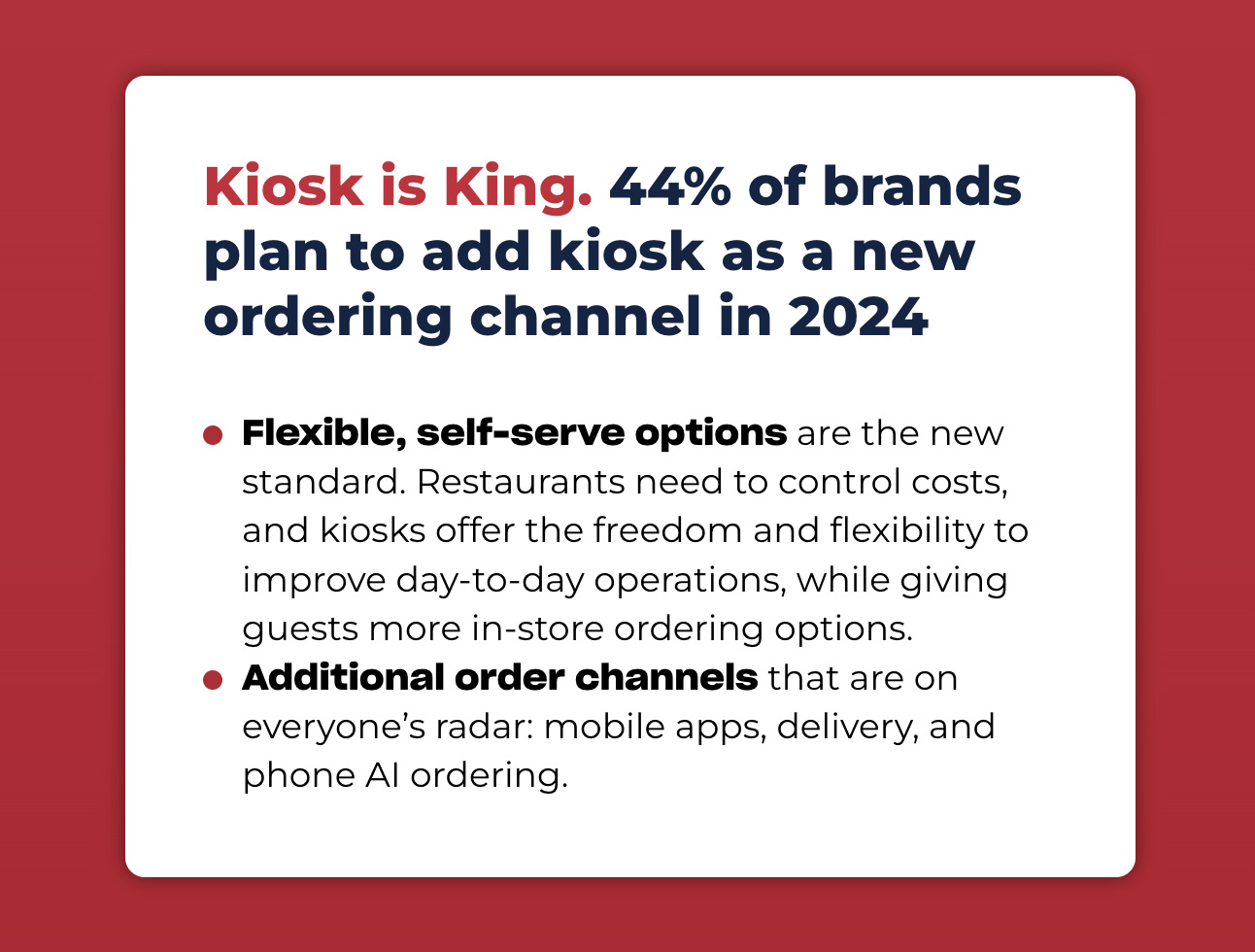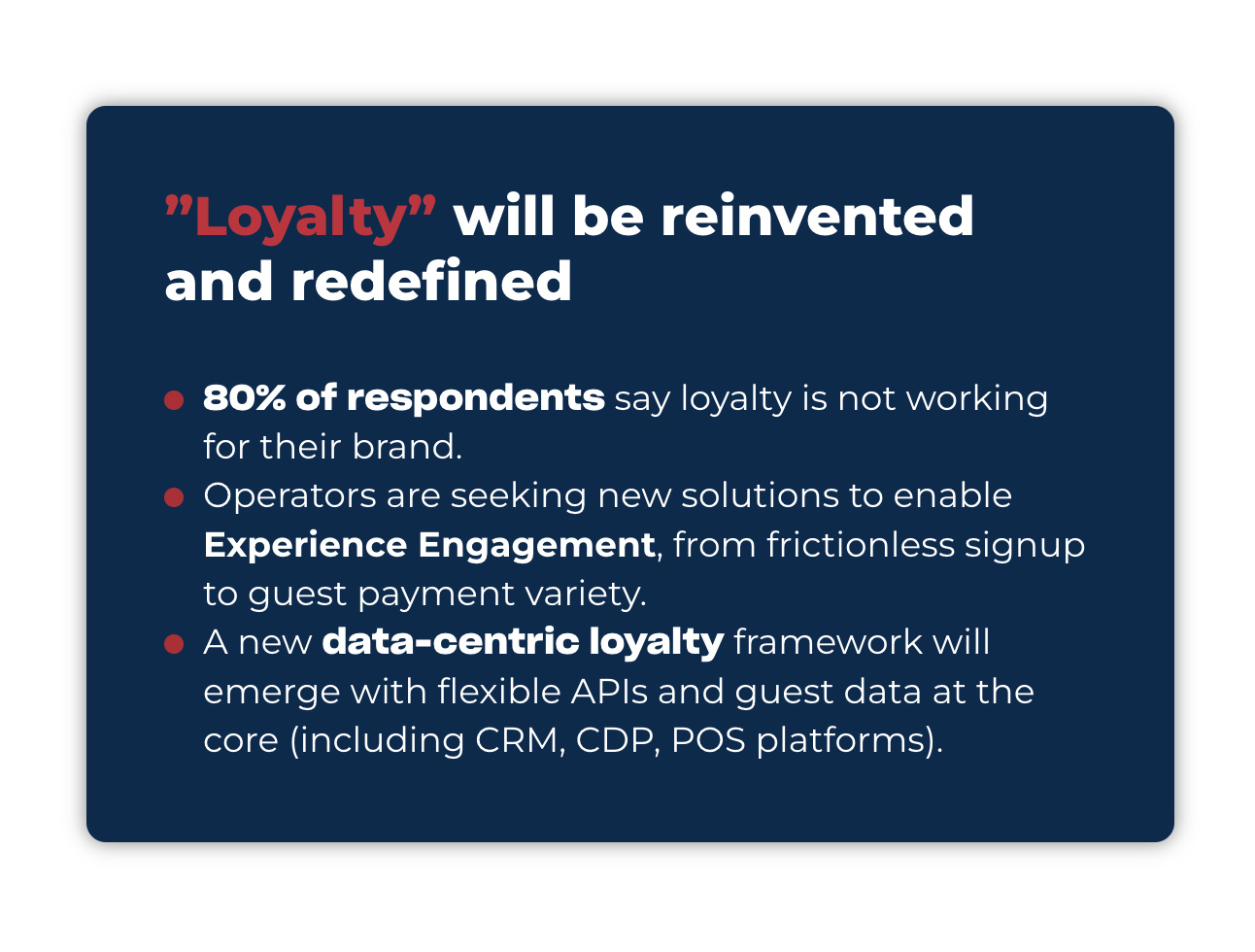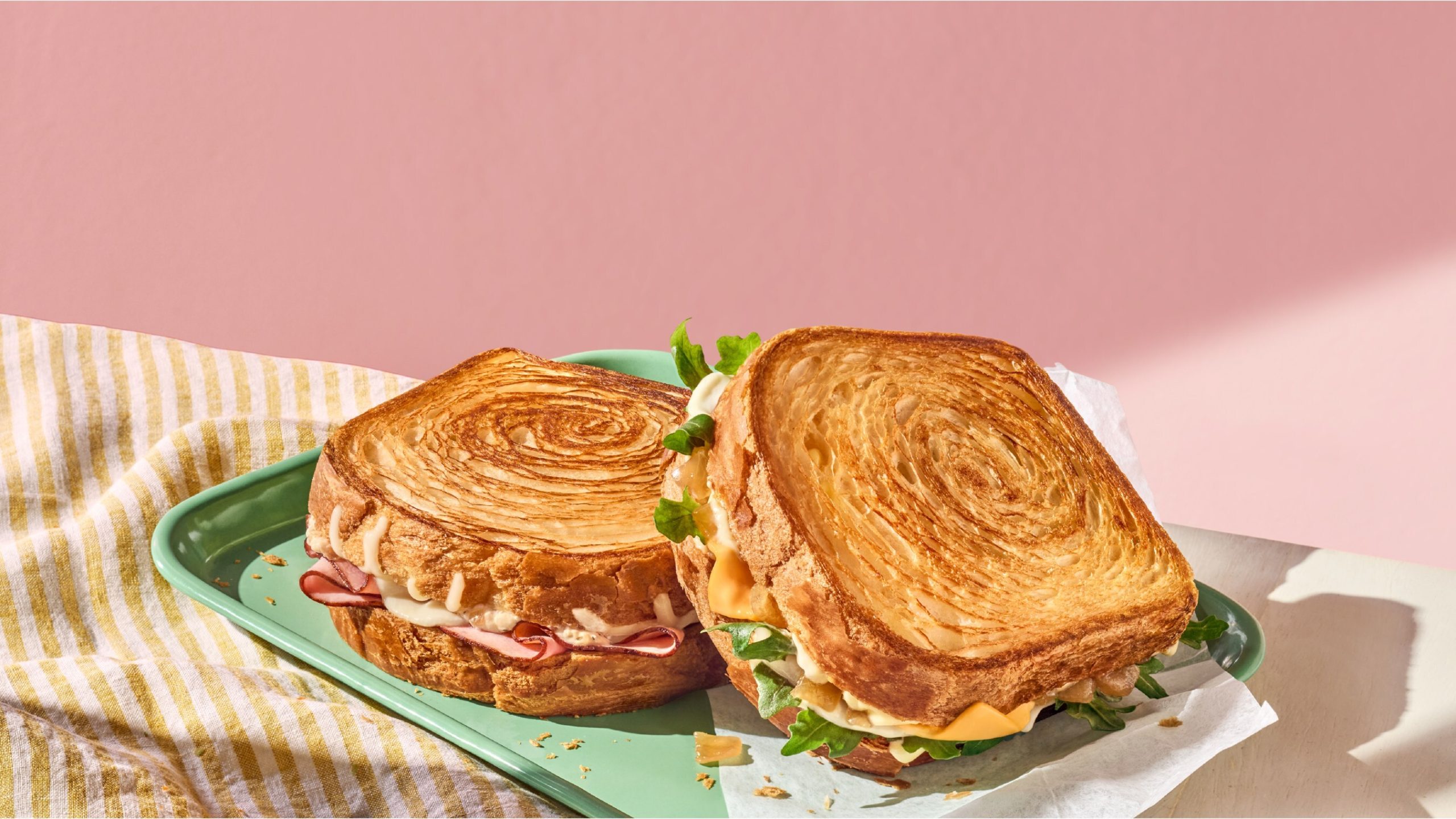Report Predicts Kiosks, Mobile Apps, And Voice AI Will Become More Common At Restaurants

The restaurant landscape has changed considerably in recent years, post-pandemic. At the time, online ordering skyrocketed and has since remained steady. Qu, a company that focuses on innovative cloud-based POS platforms that streamline the customer experience for QSR (quick-serve brands), has released its 5th Annual State of Digital Report.
The report does an extensive dive into 179 brands across 62,000 locations and reveals that kiosks, mobile apps, and voice AI are going to become a lot more commonplace. These newer ways to order are helping reduce the pressure on brands facing labor challenges. Digital ordering has grown to become a significant part of business for many, going as far as to make up 26-50% of overall sales, and the trend looks to continue. Using these tools to drive data and API-metrics will determine the future of brands moving forward.
“Brands have found the sweet spot mix of digital and in-person ordering after a roller coaster few years of getting their online house in order,” said QU CEO Amir Hudda. “Guests are more comfortable ordering on screens and from their mobile devices. Combine that with a tight labor market and we’re seeing a shift to self-serve ordering even in the store.”
The survey was completed by analyzing market trends and predictions from the largest multi-brand, multi-unit restaurant operators. The findings represent the top challenges for enterprise restaurant operators, investment priorities, innovations, digital sales trends, and upcoming 2024 trends. Here are key trends from the report:

Kiosks
They are the number one order channel to add with 44 percent of brands planning to integrate them in 2024. The top order channels restaurants plan to add in 2024 are kiosks, mobile apps, expanded delivery partners, phone AI ordering, and voice ordering in the drive-thru.
“Self-serve options give guests more choices and more control while driving higher check sizes, easing labor challenges, and lowering operating costs. We expect this trend to continue into AI ordering over the next few years. It’s an exciting time,” Hudda added.
Digital Optimization
The new frontier is optimization of digital channels to drive profitability and healthy revenue growth. More than three quarters of brands (77 percent) increased digital sales in 2023, and 87 percent expect it to grow again in 2024. Digital ordering is still larger at fast casuals versus QSR. Nearly half of fast casuals achieved 26-50 percent digital sales, while nearly half of QSRs had 11-25 percent digital sales.

Loyalty 3.0
The vast majority (80 percent) of respondents say loyalty is not working for their brand. The report predicts a new data-centric loyalty framework will emerge with guest experience at the core.
Flexible Platforms
The shift to flexible API and data-driven platforms is well underway with 65% of respondents saying they plan—or already have—transitioned to a cloud-based, API forward unified ordering and commerce platform. These platforms are proving to deliver return on investment through access to and normalization of data, unlocking capabilities for single source of truth, and guest personalization.
“Brands have learned what is working for guests and are investing in modernizing and elevating the guest experience. As the economy and market settle into predictability we’ll start to see more innovation and a focus on technology for guest acquisition, loyalty, and ordering advancements,” Hudda added.






















